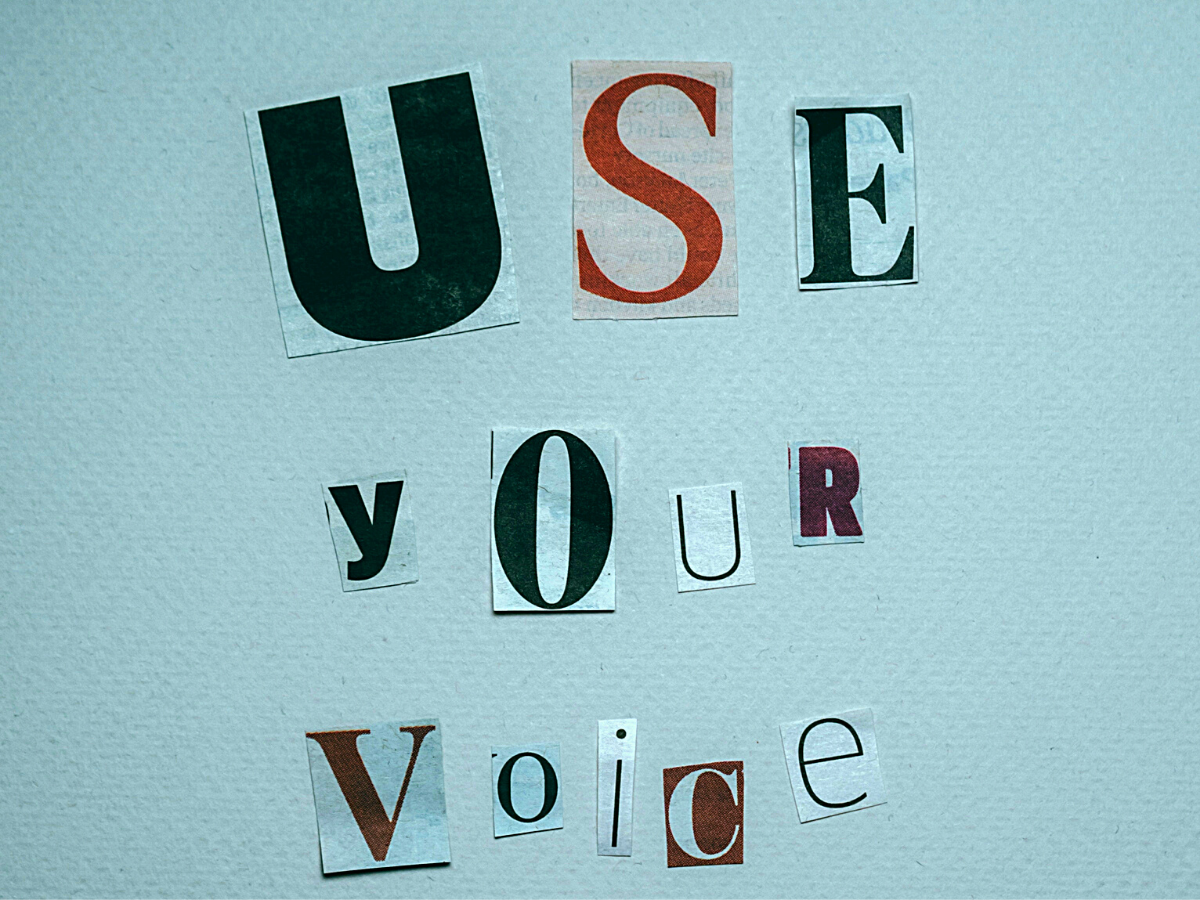
Make a difference. Brand activism today
“Don’t stand out!”
A subconscious fear, inherited from the terrible Francoist repression, has crept into our collective subconscious. Many of us did not experience it first-hand, but it is imprinted in our DNA. The impact of silence, what could not be said, how we kept quiet in the face of injustice, inequality and privilege. No raising our voices against the abuser. That was left for the bar, “I would have told him…”.
But things are changing. So much so that we even expect brands to take sides, to “get involved” in the causes that move us. It is no longer enough simply for them to mind their own business. We no longer merely want to be seduced by their products. We want brands to stand up for a cause that is dear to us, to lead social change.
We have distrusted institutions for decades. The Edelman barometer confirms this. The pandemic has only made the situation worse. We distrust governments, institutions and NGOs. And yet we expect more from brands and we are seeing, globally, that companies can be both competent and ethical. According to the Brand Trust 2020 report, 80% of us want brands to solve society’s problems. On the other hand, it is very encouraging that brands feel a moral duty to fill the trust gap and be a force for good, as the rise of the B-Corp also shows.
However, we want facts that speak much louder than words, as confirmed by the “COVID Impact and Conscious Consumption” report by Marcas con Valores: “For 87% of the citizens surveyed, what brands do is more important than what they say”.
And not only that. Brand activism has to be aligned with the brand’s values. It doesn’t have to be a show, or a fad with the sole purpose of grabbing headlines. Nearly two-thirds (63%) of consumers prefer to reward companies that are willing to take a stand on current issues, according to Accenture Strategy’s research report, “From Me to We: The Rise of the Purpose-led Brand“, based on a survey of nearly 30,000 people in 35 countries.
But does it pay to “take a stand”? Plázida’s opinion is a resounding “yes”, and not because some companies also make huge profits, but because the conscious consumer will always reward your consistency and transparency. There is no risk if being an activist brand on critical social issues is a strategic decision, and, as such, you communicate your messages according to your purpose and values that do not change depending on the circumstances.
And it is mutual, your message will resonate with those consumers who share the same beliefs.
Any campaign that takes a social or political stance will get mixed reactions and opinions. When Correos launched a rap campaign called “Pride for what is ours” with phrases like “to be patriotic is not to raise a flag, nor to step on those who struggle to fill their fridge”, it raised the ire of right-wing parties. Nothing that surprises us. Losing the fear of ” speaking out ” is consubstantial.
What is clear is that brands can influence change by speaking out and engaging their consumers, and also make it highly profitable and a magnet to attract committed talent. But for this to happen, it has to be sincere, authentic, real.
When the #BlackLivesMatter movement was born in the wake of the brutal murder of George Floyd in the summer of 2020, “nearly three-quarters (71%) of US adults said brands have a role to play in addressing issues of racial injustice”, according to data from research firm Opinium.
But what are the key benefits of making brand activism part of your brand strategy?
. It builds trust in a more organic and natural way: we support the same cause as you do.
. It increases the impact of communication, which can go viral if the campaign triggers emotions.
. It helps your brand stay relevant by supporting a social movement because it shows that it cares about the world.
. It attracts young people (and also many youngsters at heart) who are no longer satisfied with just the product and want to reward impact on the issues they care about. They expect you to take a stand for specific causes.
How to build a brand activism plan?
Firstly, as with any branding strategy, it starts internally. In-depth interviews with everyone involved to surface shared beliefs. Joint sessions to reach a consensus on the Canvas.
Secondly, the answers are synthesised in a Brand Manifesto that is true, moving and mobilising.
Thirdly, it is translated into concrete actions according to the cause to which we are committed. If, for example, the cause is to fight against ageism, hire a 50+.
And finally, communicate and commit over time. Opportunism is always counterproductive.
As you may have already guessed, the success of brand activism is alignment with your brand strategy. Defining it in a pristine way is essential before jumping on the social activism bandwagon.
The real risk is that brand activism is regressive, as branding guru Kotler warns us in his book: “Brand activism: from purpose to action”. He cites the obvious case of tobacco multinationals not only denying its harmful health effects but actively promoting its “virtues”. A more recent example is the Cambridge Analytics scandal or the proliferation of fake news and the failure of brands to stop its rise.
Brands have a huge opportunity to break polarisation, unite people and build a better world by setting their purpose to work for the common good.
“Make a difference!“
We’ll be happy to join you along the way. Fancy a chat?